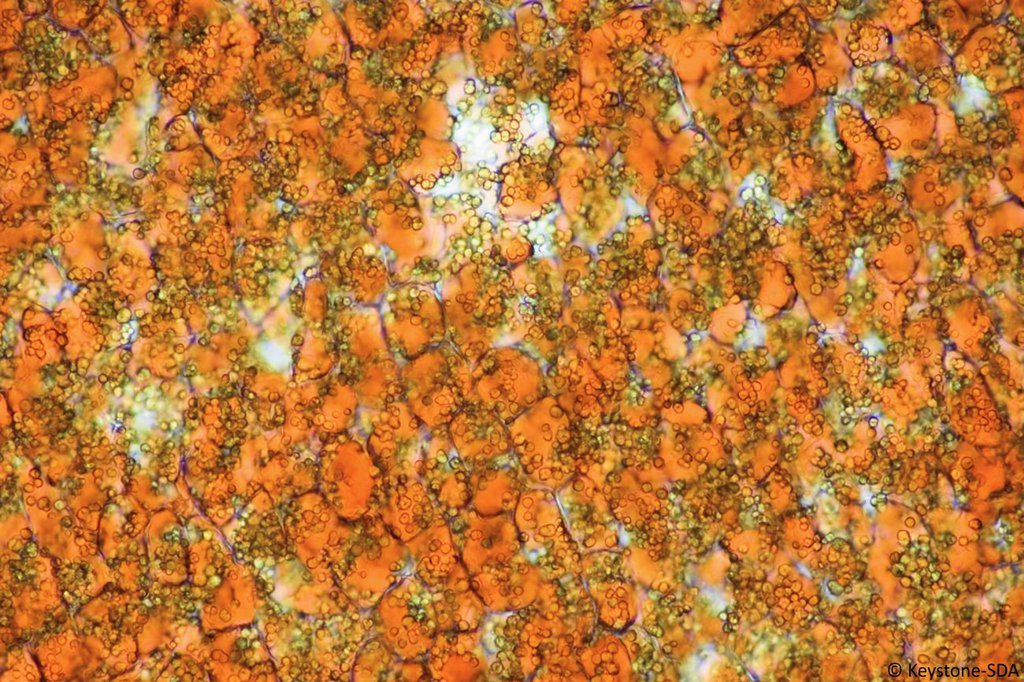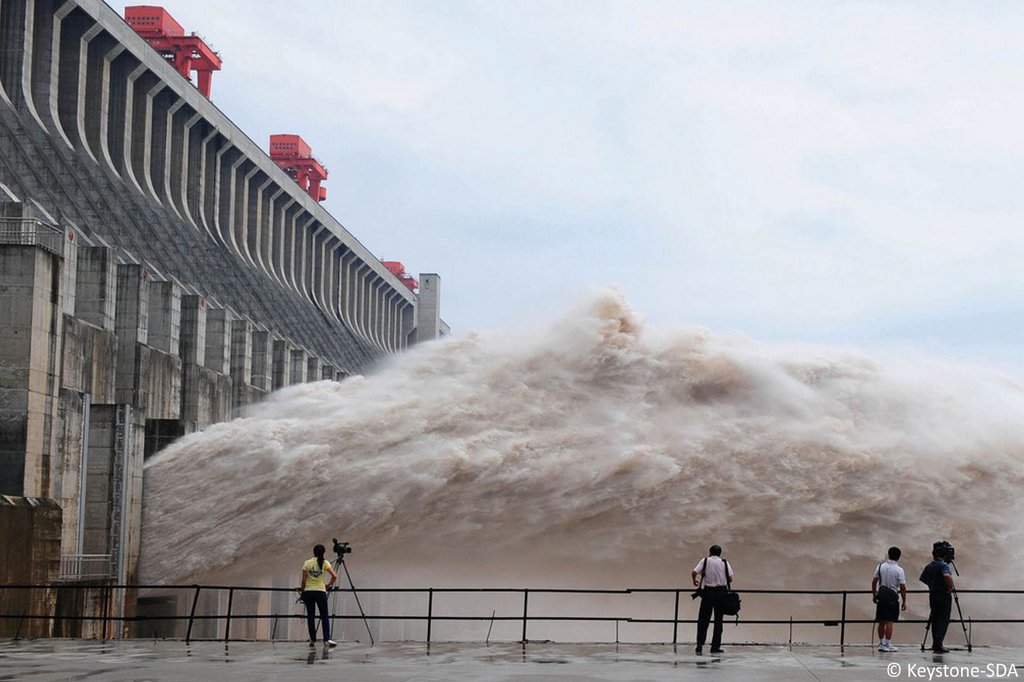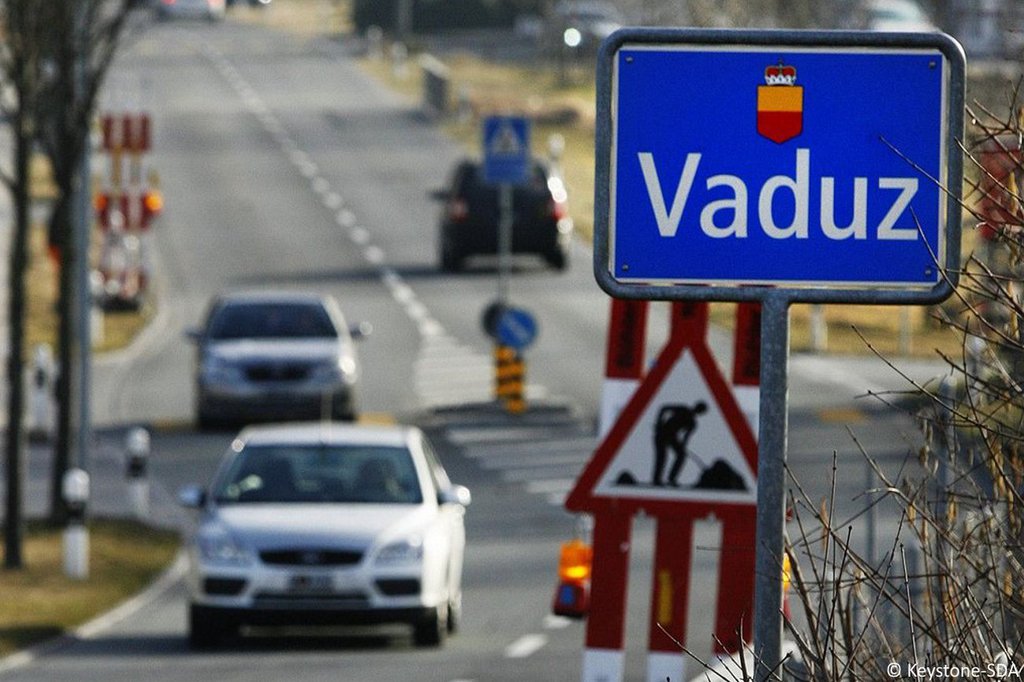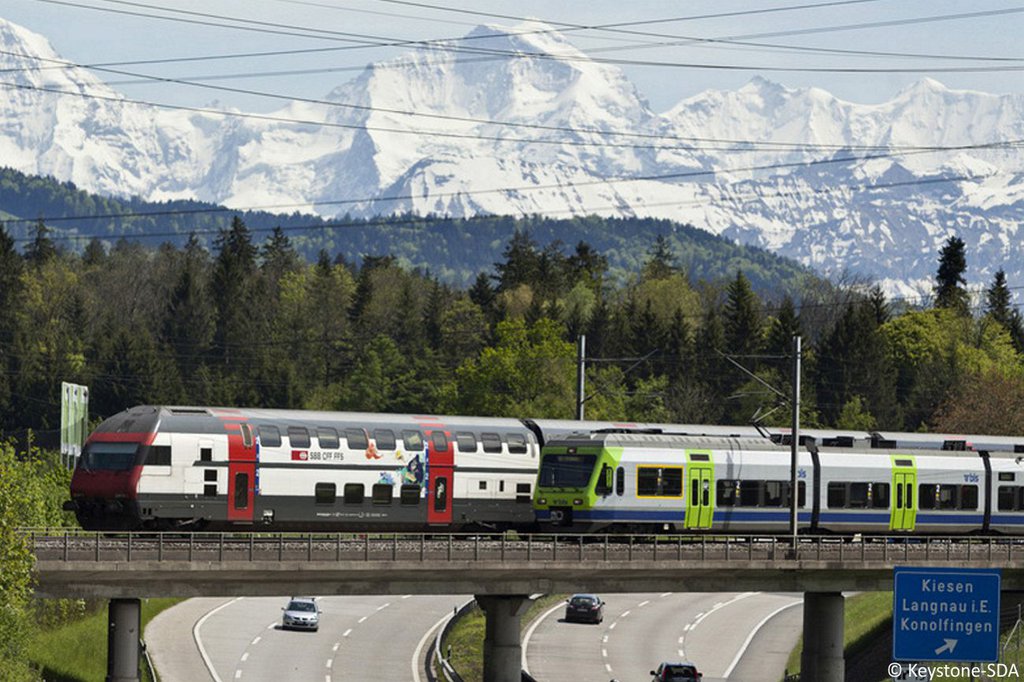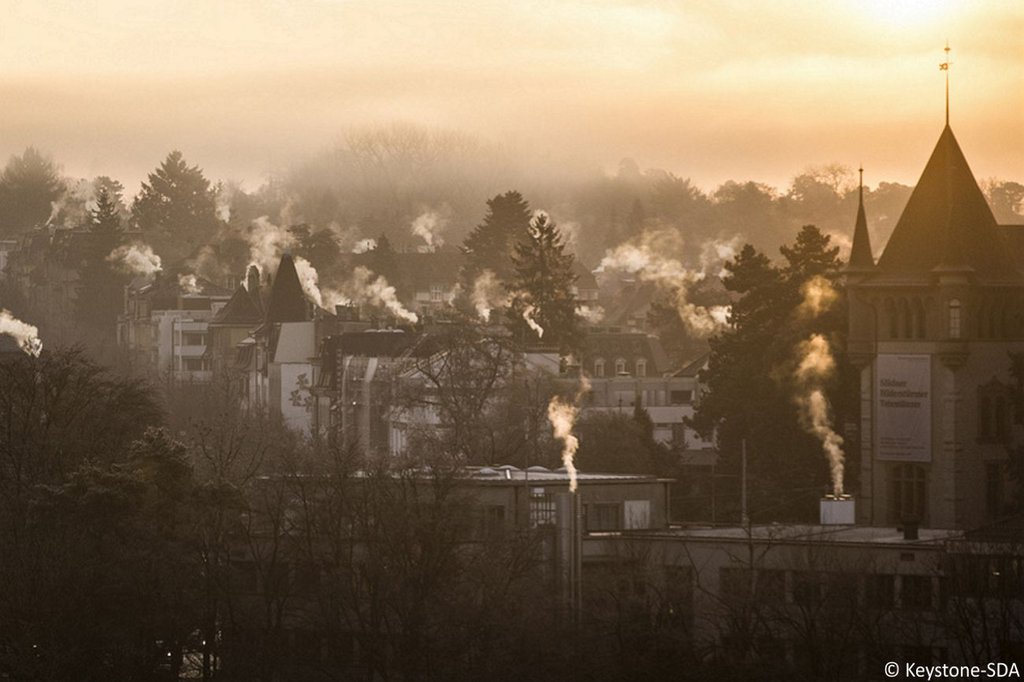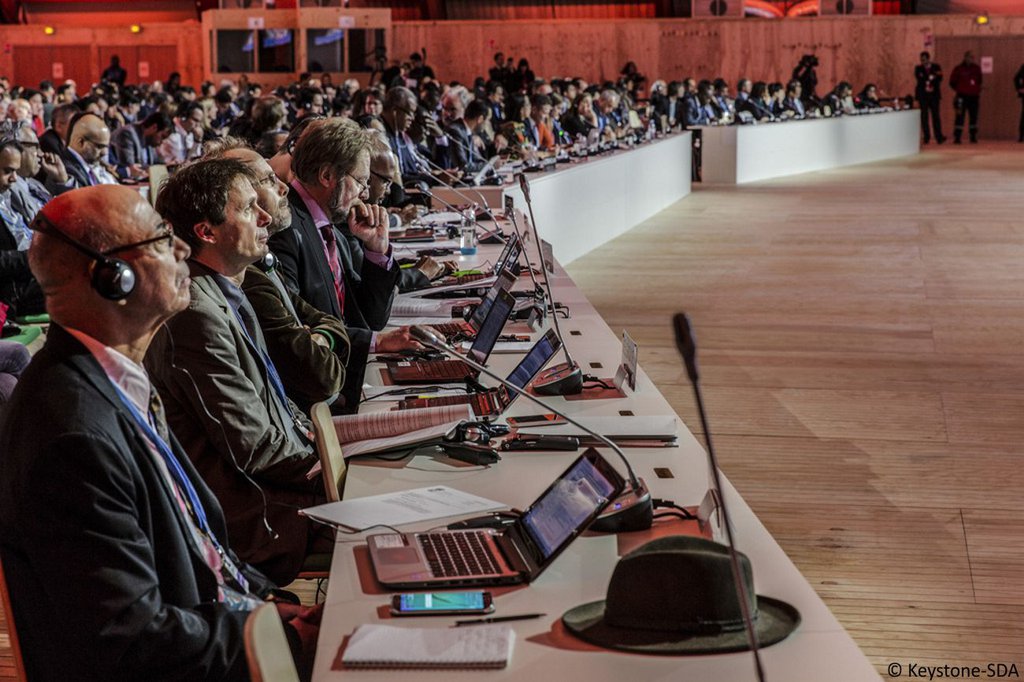A Look Back, and Look Ahead, at Liechtenstein's Greenhouse Gas Emissions
News, Environment and Climate, Development | Jan. 23, 2018
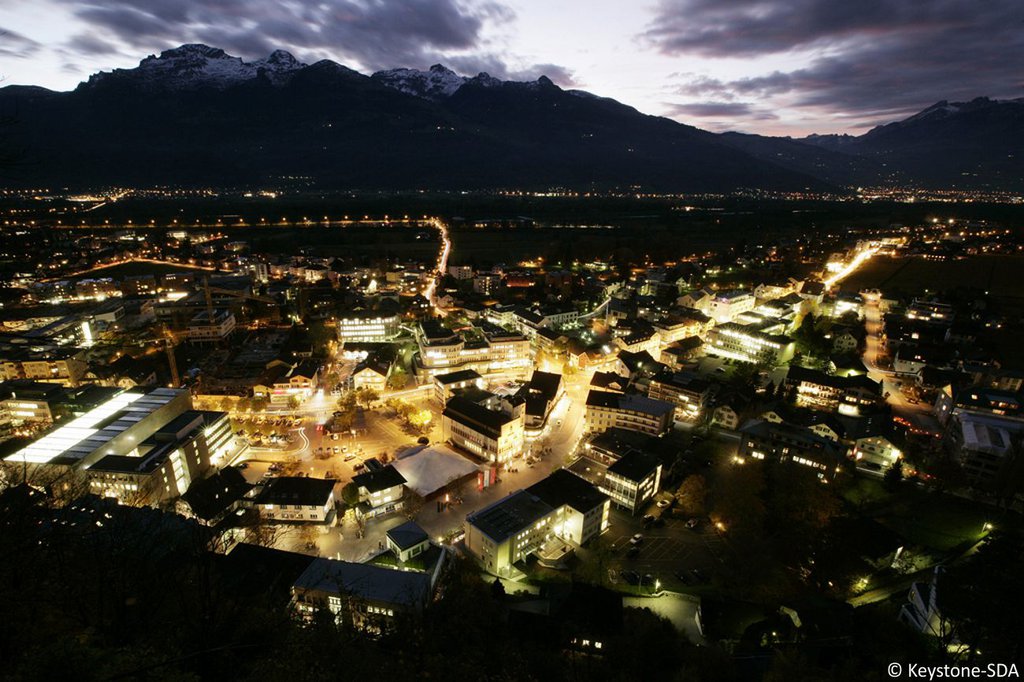
Liechtenstein's annual greenhouse gas emissions in 2015 were 13 percent lower than in 1990. They are likely to fall further still by 2030. That is the verdict of the 7th National Communication, which has been produced by the Office of Environment with support from INFRAS.

